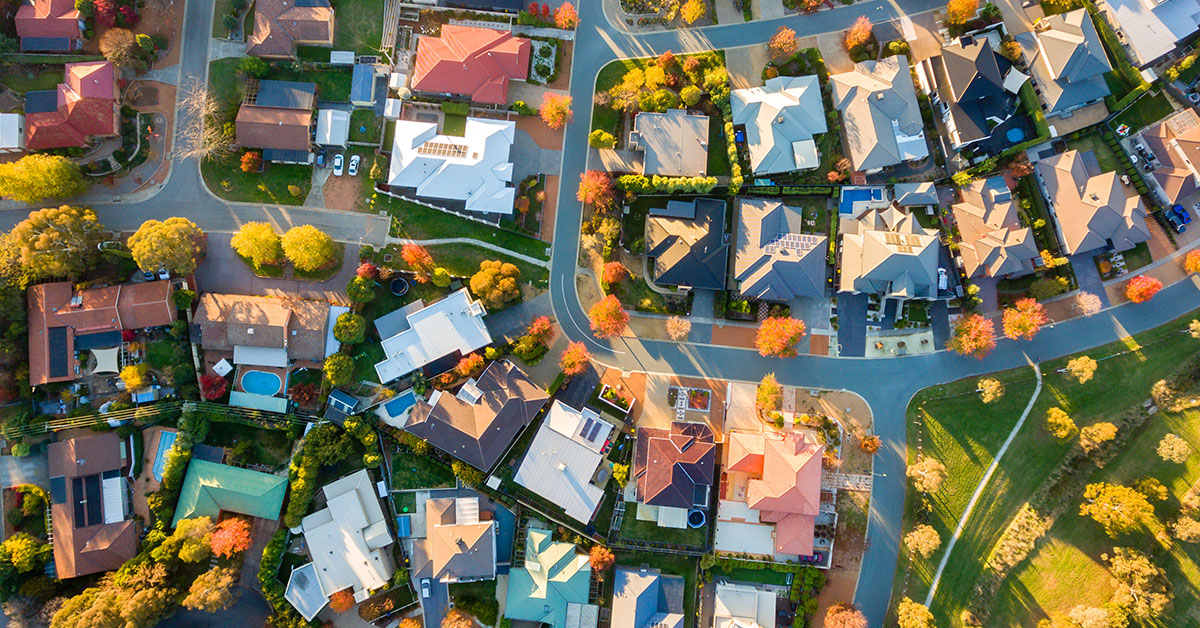Federal Budget Review - How the 2025-26 Budget will Impact the Property Market
.jpg?width=1200&height=628&name=Blog%20Template_Navigating%20the%20Australian%20Property%20Market%20-%20Trends%20for%20Buying%20and%20Selling%20(1).jpg)
The Australian Government has officially unveiled the 2025-26 Federal Budget, with Treasurer Jim Chalmers handing down a budget headlined by income tax cuts for all tax payers.
Whilst the new budget will impact all Australians, there have been some announcements that will impact the property market in particular. In this article, LJ Hooker provides a summary of the key budget announcements, as well as a breakdown of the most notable changes to the property market.
Federal Budget overview
The Australian Federal Government’s 2025–26 Budget is delivered against a backdrop of lower inflation, global uncertainty and early signs of monetary policy easing.
Following a surplus in 2023–24, the Budget returns to a deficit, with a projected shortfall of -$42.1 billion, and focuses on providing targeted cost-of-living relief.
Inflation is expected to remain within the Reserve Bank’s 2–3% target band through to 2028–29, allowing potential scope for further interest rate cuts.
The 2025-26 Federal Budget at a glance:
- Budget deficit of -$27.6b in 2024-25 and -$42.1b in 2025–26.
- Inflation forecast to remain within the 2–3% band through to 2028–29.
- Net overseas migration was 435,000 in 2023–24, falling to 260,000 in 2025–26.
- New tax cuts for all taxpayers.
- $150 energy bill relief for households and small businesses.
- $17.1b for additional infrastructure spending.
Property-related budget measures
While Australia’s property market remains active, supported by recent rate cuts and robust population growth, new housing supply remains constrained.
The Government has committed over $33 billion to housing initiatives with this Budget, including an $800 million expansion of the Help to Buy scheme.
These are welcome steps aimed at improving access and affordability, though they are unlikely to ease short-term supply constraints. The overall outlook for property markets remains largely unchanged. Despite positive new announcements, the immediate imbalance between housing demand and supply is expected to persist.
Summary of property related budget measures:
- $800m to expand Help to Buy by increasing property price and income caps.
- $1b for new crisis and transitional housing through the NHIF.
- $120m to encourage states to cut planning red tape.
- $70.9m boost to Indigenous Business Australia’s Home Loan Fund.
- $54m to accelerate modular and prefabricated housing.
- $8.9m for the ATO to crack down on land banking by foreign investors.
- Ban on foreign buyers purchasing established homes (2-year ban).
- New Housing Construction Apprenticeship Stream.
What this means for the residential property market
Australia’s housing market remains active, with recent rate cuts, strong employment, and population growth driving buyer confidence throughout early 2025. Investors, first-home buyers and upgraders are back in the market, encouraged by the prospect of lower interest rates over the coming years.
However, new housing supply continues to fall short. The Budget forecasts net overseas migration at 260,000 in 2025–26, keeping pressure on rental markets and pushing prices higher. Dwelling investment is set to rise by 6.5%, whilst construction starts remain well below the 240,000 homes a year needed to meet the national housing target.
To help address the shortfall, the Budget includes an $800 million expansion of the Help to Buy scheme, $1 billion for crisis and transitional housing, and $54 million to support modular and prefabricated construction. A further $120 million will incentivise states to fast-track planning approvals and cut red tape.
How will the budget affect new housing in Australia?
Labor have set aside $800 million to expand the Help to Buy scheme by increasing property price and eligibility caps.
This measure is expected to assist up to 40,000 first-home buyers to purchase a home sooner with a lower deposit.
For those looking at modular and prefabricated housing, the government has set aside $54 million to accelerate offsite construction and reduce build times.
An additional $49.3 million has been pledged for state and territory programs to promote modular and prefabricated housing, while a sum of $4.7 million will be used to help develop a national certification framework to streamline approval processes.
These new initiatives are in addition to the previously announced housing measures such as: the Housing Australia Future Fund (HAFF), the Housing Support Program (HSP), and the National Housing Accord, among others.
You can view a full breakdown of the 2025-26 Federal Budget here. This document has been collated by LJ Hooker’s Head of Research and Business Intelligence, Mathew Tiller.
Want to read a full breakdown of the 2025-26 Federal Budget?
DISCLAIMER - The information provided is for guidance and informational purposes only and does not replace independent business, legal and financial advice which we strongly recommend. Whilst the information is considered true and correct at the date of publication, changes in circumstances after the time of publication may impact the accuracy of the information provided. LJ Hooker will not accept responsibility or liability for any reliance on the blog information, including but not limited to, the accuracy, currency or completeness of any information or links.
Share



